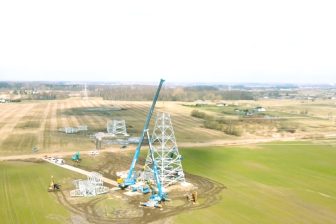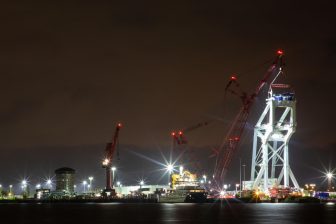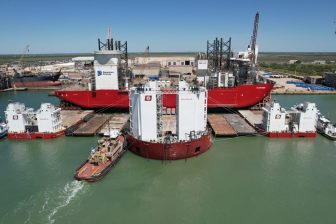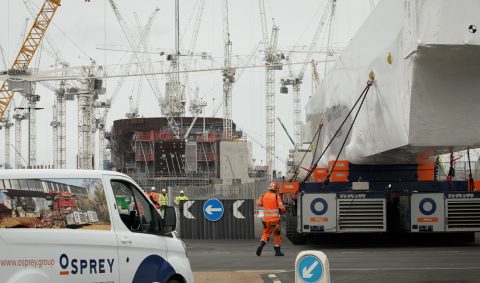
Osprey hits new milestone at Hinkley Point C
Heavy lift teams at Osprey have been a major part of reaching a number of major milestones in the construction of Hinkley Point C, not least the delivery of the Polar Crane Electrical Girder Beam.
The Polar Crane Main Beams measure up to 44.77 metres long, with the larger of the two weighing 138,000 kg. To manufacture, move, and install each beam required collaboration across the supply chain, with input from a range of key partners such as APCO, NATCO, and Osprey’s own heavy lift teams.
The Polar Crane Beams will be pivotal to the function and safety of the nuclear reactor during the entirety of its 60-year operating life. During the current construction phase, the beams will also play a crucial role in the installation of the Reactor Pressure Vessel itself and other components of the nuclear steam supply system. These aren’t assets that can be bought off the shelf, they’re bespoke to HPC, so every millimetre of movement is carefully orchestrated and signed off by a team of engineers, transport, and safety specialists.
The transportation of the first beam from Avonmouth to the HPC site is complex. Many environmental factors had to be considered: the weather, marine parameters such as tidal conditions in the Bristol Channel and river conditions in the River Parrett as well as access into EDF’s marine facility at Combwich Wharf, including planning constraints for barge arrivals and considerations towards local residents.
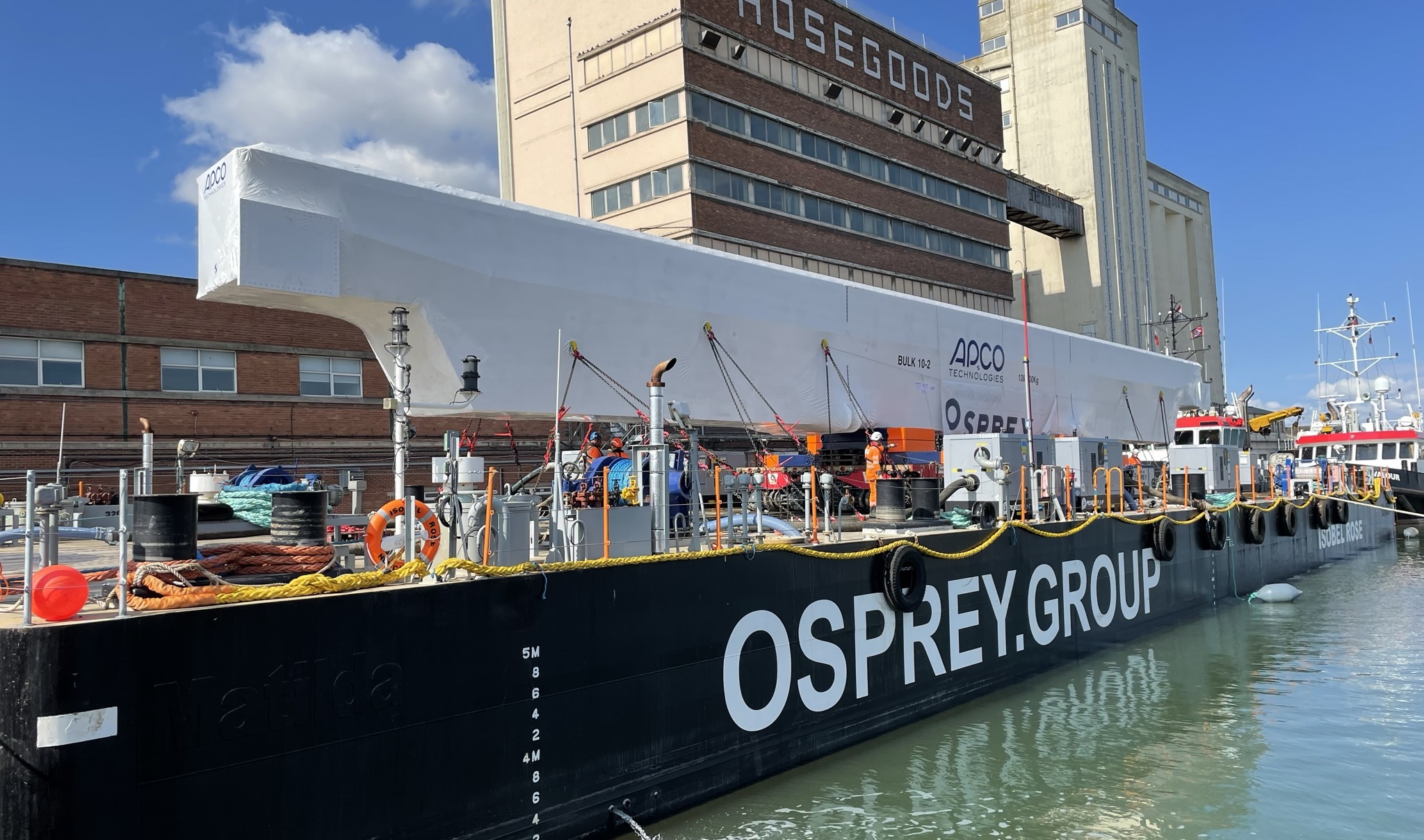
To move the Polar Crane Beam across the site, Osprey loaded it onto a specialist, four-file 10-axle self-propelled modular transporters (SPMT): progress at the right pace is critical to ensuring its integrity and the safety of everyone involved, and this SPMT moved at less than 3 miles per hour during transit, and under fine control during final positioning for unload onto storage supports using the SPMT hydraulics at the construction platform.
This approach came about through Osprey team’s multi-disciplinary experience, working on all kinds of projects around the world. Universally, lifting is a high-risk activity but we created a solution that removed some of that risk. The direct delivery by SPMT removed a critical lift, thereby improving safety, the delivery programme, and the overall cost.
Nigel Fletcher, CEO of Osprey Group, “Progress on the journey to Net Zero has got to be a team effort. The work that’s going on at Hinkley is such a good example of suppliers coming together, staying totally focused on making sure this important part of our future national infrastructure is staying on schedule. Manufacturers can’t send components this large overland, so we co-ordinate everyone’s input and bring them in via our Shared Services operations. This way, we can use a combination of vessels, barges, cranes, SPMTs – all kinds of transport – to find the best possible options for deliveries of oversized assets coming into the site.”
You just read one of our premium articles free of charge
Register now to keep reading premium articles.


